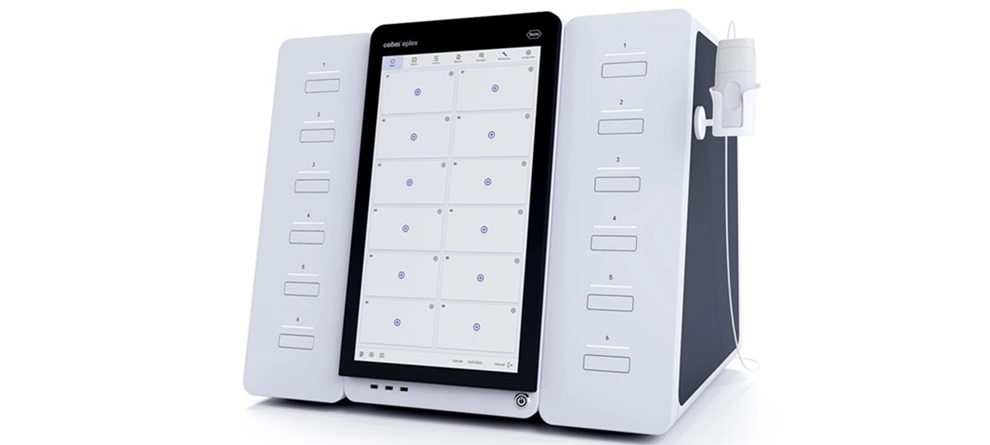Molecular Assay Diagnoses Emerging Tick-Borne Borreliosis
By LabMedica International staff writers
Posted on 10 Aug 2015
Hard-tick borreliosis is caused by the spirochete bacterium Borrelia miyamotoi (BMD) and has been in reported North America and since 2013 in the northeastern United States. Posted on 10 Aug 2015
Borrelia miyamotoi is a zoonotic bacterium that can be transferred to humans through the deer tick Ixodes scapularis, the same tick species that spreads B. burgdorferi, the causative agent of Lyme disease, and Babesia microti, the causative agent of babesiosis. Although infection can cause some similar symptoms including fever, headache, fatigue, and muscle aches, acute Lyme disease often presents with rash, while infection with B. miyamotoi does not; it remains unclear whether B. miyamotoi causes a relapsing fever syndrome.

Image: Borrelia miyamotoi spirochetes from the cerebrospinal fluid of a patient with meningoencephalitis using dark-field microscopy (Photo courtesy of Tufts University).
Scientists at IMUGEN Inc. Reference Laboratory (Norwood, MA, USA) working with their colleagues studied acutely febrile patients from the northeastern United States in whom the treating health care providers suspected and ordered testing for tick-transmitted infections. The patients had presented to primary care offices, emergency departments, or urgent care clinics in 2013 and 2014.
Whole-blood polymerase chain reaction (PCR) testing was performed for the presence of specific DNA sequences of common tick-borne infections (including BMD). Serologic testing for B. miyamotoi was performed using a recombinant glycerophosphodiester phosphodiesterase (rGlpQ) protein. Clinical records were analyzed to identify the major features of acute disease.
Among 11,515 patients tested, 97 BMD cases were identified by PCR. Most of the 51 case patients on whom clinical histories were reviewed presented with high fever, chills, marked headache, and myalgia or arthralgia. Elevated liver enzyme levels, neutropenia, and thrombocytopenia were common and 24% were hospitalized. At presentation, 16% of patients with BMD were seropositive for immunoglobulin G (IgG) and/or IgM antibody to B. miyamotoi rGlpQ. Most of the patients (78%) had seropositive convalescent specimens. Symptoms resolved after treatment with doxycycline, and no chronic sequelae or symptoms were observed.
The authors concluded that patients with BMD presented with nonspecific symptoms, including fever, headache, chills, myalgia, and arthralgia. Laboratory confirmation of BMD was possible by PCR on blood from acutely symptomatic patients who were seronegative at presentation. They suggest that B. miyamotoi disease may be an emerging tick-borne infection in the northeastern United States. The study was published on July 21, 2015, in the journal Annals of Internal Medicine.
Related Links:
IMUGEN Inc.













